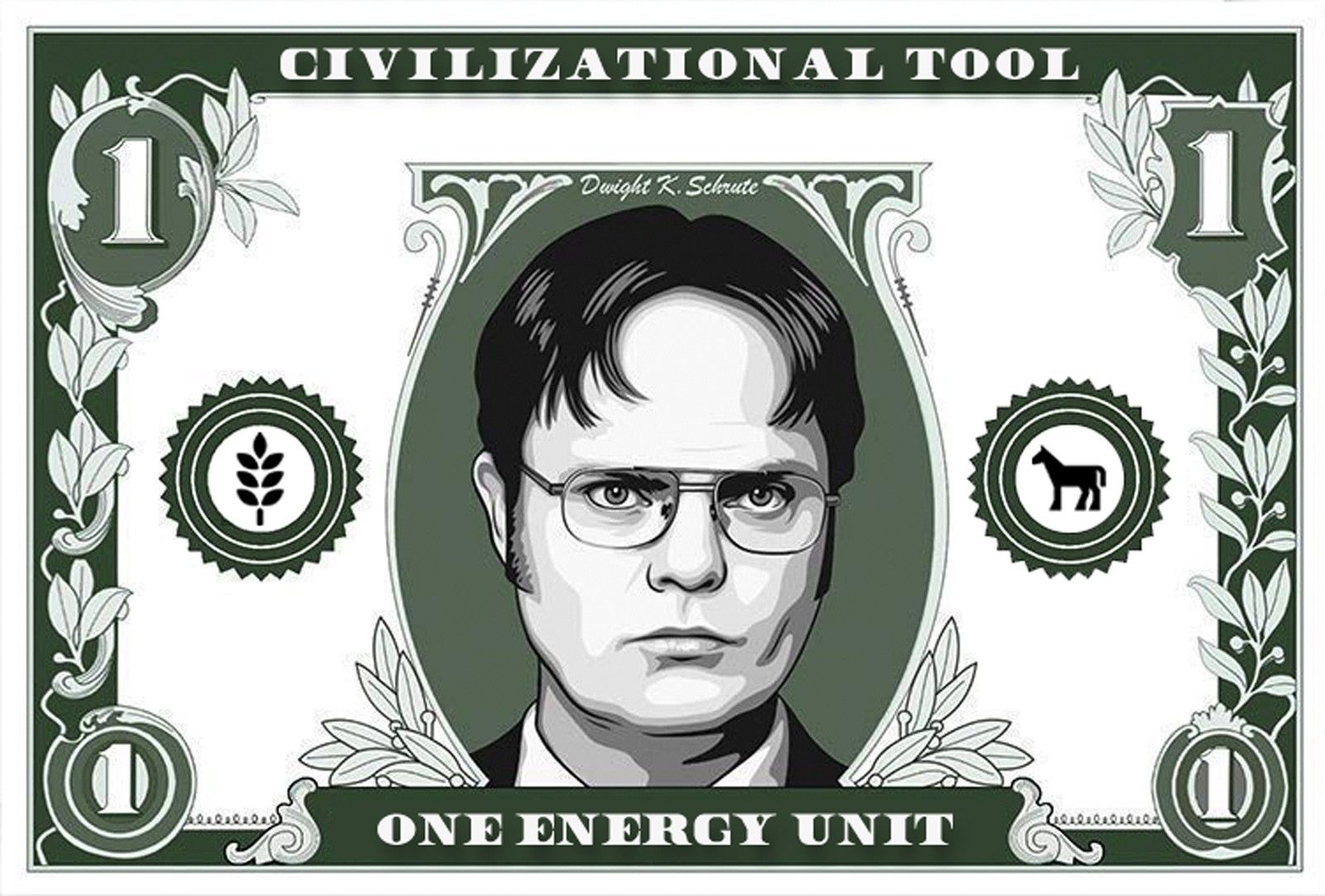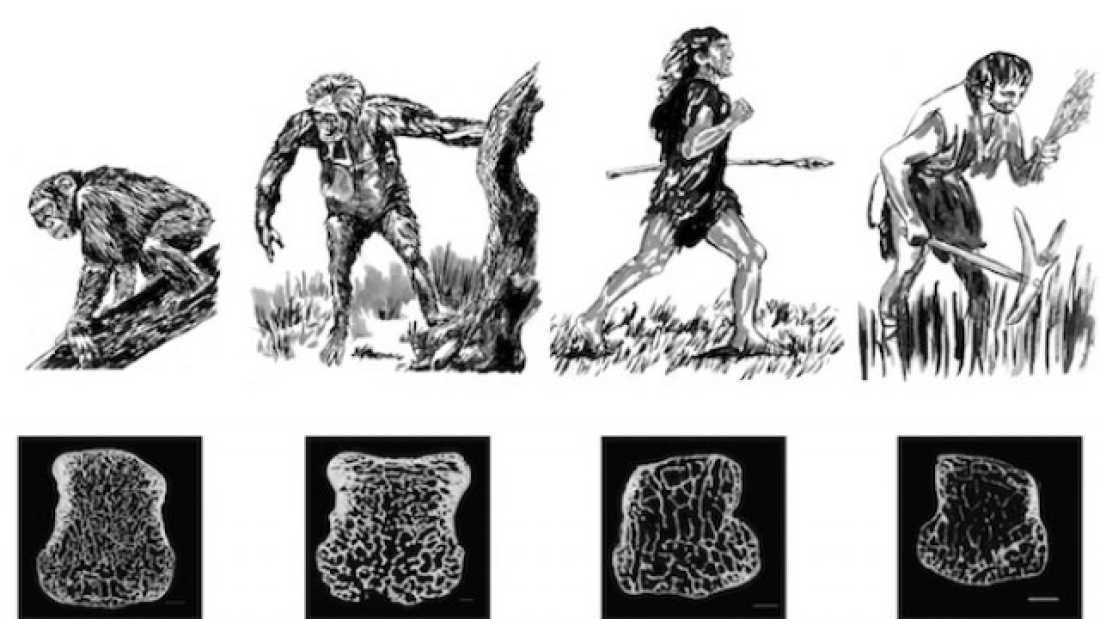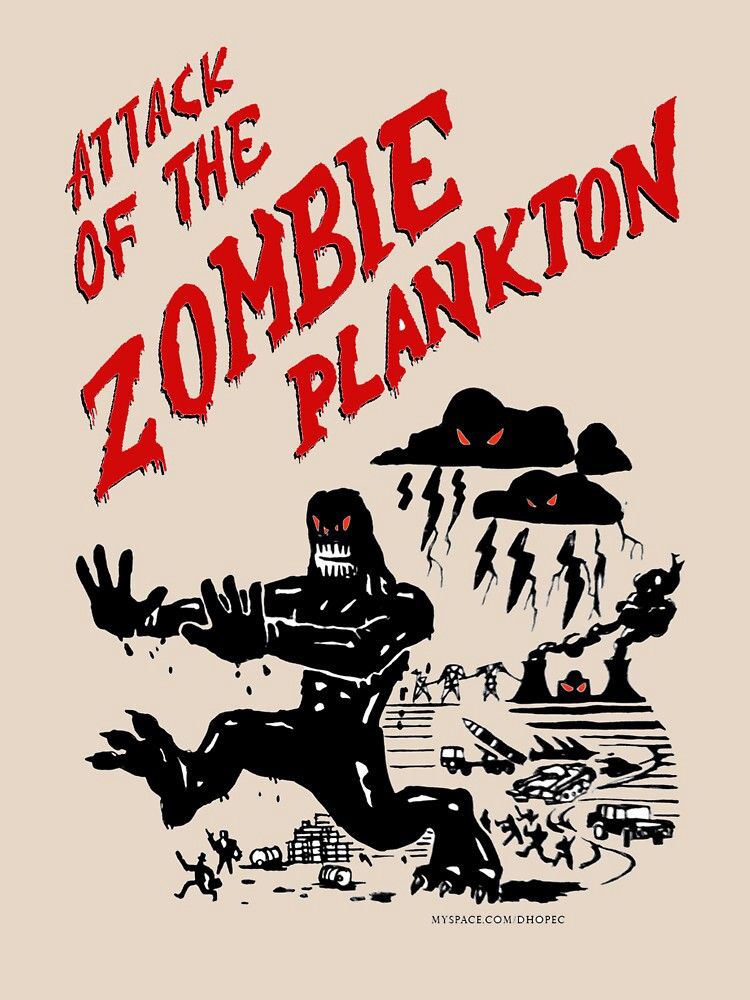How Humans Have Been Cheating Death For 10,000 Years
A brief history of energy, à la Vaclav Smil


Vaclav Smil says “energy is the only universal currency”, and humans were dirt poor before we discovered fossil fuels. Literally. Biblically even.
By the sweat of your face
you shall eat bread,
till you return to the ground,
for out of it you were taken;
for you are dust,
and to dust you shall return.
(Genesis 3:19)
Ashes to ashes, dust to dust. This was the basic cycle of humanity since the first agricultural revolution around 10,000 BC. All we had was the sweat of our brow, and a neighborly ass, if we were lucky. Before fossil fuels, energy was just food, and the bodily energy that we used to get it.
The Agricultural Revolution Ate Its Own

Before agriculture life was actually better, there was just less of it.
The workday wasn’t very long, you were on a diverse ‘paleo’ diet, and you got to see the world. Early humans would have been very popular influencers, catching many sunsets and eating lots of nuts and berries. You can see this in the fossil record, because after agriculture our bones and teeth basically went to shit.
When the Agricultural Revolution occurred, the combination of overcrowding of both humans and domesticated animals and switching to an unvaried cereal- and grain-based diet caused an assortment of health issues. By examining the skeletons of early farmers and late hunter-gatherers, we can see that we lost about five inches of height, which we only recovered in the 20th century. These bones also showed greater signs of diseases and illness, and early farmers lived shorter lives than hunter-gatherers. (World Economic Forum)
Though your average hunter-gatherer would have been more fit, on average they were still dead. The land could only support a few foragers whereas agriculture could support a metric shit tonne of humanity.
After Agriculture
After agriculture, we found a way to cheat death, but at the expense of life. Agriculture made an individual life worse, but there was more of it. It was an evolutionary case of quantity over quality. Or maybe that’s just evolution.
Compared to foraging, early farming usually required higher human energy inputs — but it could support higher population densities and provided a more reliable food supply. (Smil, Energy And Civilization, Chapter 2, pg 42)
As an early farmer, you ate the same grains every day, bent over to get it, and you were stuck in one place. You were not an influencer.
Farming did, however, give us a relatively stable food supply and more of it. The key word being relative. When crops failed, as they do, a huge number of people were suddenly thrown back into foraging, on land that could not support them. This was famine.
In China in the 1920s peasants recalled an average of three crop failures in their lifetime that were serious enough to cause famines (Buck 1937). These famines lasted on average about ten months, and forced a quarter of the affected population to eat bark and grasses. (Smil, Energy And Civilization, Chapter 2, pg 121)
Agriculture also gave rise to diseases that spread from livestock or vermin to humans. These became epidemics in dense populations with poor sanitation.
It was as if a certain blood debt was owed to the land. We could defer it with agriculture, but it always seemed to come due.
Ashes to ashes.
The Limits Of Agriculture

In Vaclav Smil’s book Energy And Civilization, he spends chapters on agriculture. Initially, I was like ‘this is boring, get to the oil’, but no, agriculture really was energy for most of human civilization.
The sun deposited energy in plants and we used human and animal energy to scavenge and hopefully multiply that. All we had to work with was labor (human and animal), capital (technology) and shit (fertilizer).
Peasants and/or animals could farm. Basic tools could make them more efficient. And their shit could return nitrogen to the land.
The two grand patterns of farming intensification — one based on the substitution of human labor by animal draft, the other on maximization of peasant labor inputs — pushed agricultural production in the same direction , toward slowly increasing population densitities. (Smil, Energy And Civilization, Chapter 2, 116)
This worked, but it was slow and there were obvious limits. If you throw more people or animals at the problem, they eat more food. Sometimes a lot more food. An American horse in the 1890s ate 80x more than its owner.
If you develop sophisticated irrigation technology that takes labor, but you have to pull farmers off the land to build it. This led to a plateau where peasants would stop making capital investments after they got to a certain subsistence level. The major capital investment they made was more children, which was fine in good times, but ultimately became more mouths to feed.
The environment was also constantly pushing back, mainly through soil degradation. If you keep growing wheat on a plot of land it will strip the nitrogen and the land will be useless. You can either let it go fallow, or rotate crops, or fertilize it with more nitrogen. But before modern chemical fertilizer, people could only shit so much.
It was as if nature kept trying to balance the accounts.
Dust to dust.
An Undead Labor Force

And yet we grew. Through famine, through disease. We came up with ingenious technology like crop rotation, using legumes to return nitrogen to the soil. We invented better harnesses and plows and machines that took energy returns from 40x in the 1200s (England) to 166x in the 1800s (Netherlands).
We slowly but steadily grew yields and population leading into the industrial revolution. But then, like a black monolith, we found something that has subsidized our society ever since. Something that took away, temporarily, the constant trade-off between quantity and quality of life.
Fossil fuels.
Only the inputs of fossil energies — directly as fuels and electricity — could sustain both an expanding population and a higher per capita supply of food. (Smil, Energy And Civilization, Chapter 2, pg 126)
Fossil fuels are essentially an undead labor force. They are the compressed energy of mostly microbial beings, squashed into a highly flammable form that can animate machines. We take it for granted, but it’s voodoo zombie magic. We resurrected these ancient creatures, to give us nearly eternal power.
We could suddenly get lots and lots of food without much human or animal labor. Like the Sorcerer’s Apprentice, our tools came alive and began doing the work for us.
After fossil fuels (and fertilizer, and sanitation), our population exploded and our quality of life increased. Human life expectancy and health finally regained and beat paleolithic levels. We were warm or cool, as we pleased. We could eat what we wanted, any time of the year. We even went to the moon.
It truly seemed like we’d evaded our blood debt for good. That we could stop sweating over our bread and just eat it in peace.
But no. We were wrong.
The Debt Of Climate Change

With each step in our evolution, we have delayed payment on our ultimate debt. The death that we owe the soil.
As hunter-gatherers, if the land fails a few hundred people would die. As farmers, this debt was delayed, but not denied. When crops failed thousands could die. With fossil fuels, we have delayed the debt further, but again it is never denied. Climate change will make the death toll millions.
Fossil fuels were the best thing that ever happened to humanity, but our undead army has turned on us. We burn a million years’ worth of photosynthetic life every year, and it’s had a rapid effect on the ecosystem we live in. Unless we reach the next evolution in humanity — completely renewable energy — the debt will rapidly come due.
So now we are at the next revolution. First it was agriculture, then fossil fuels, now renewable energy. The transition to agriculture took thousands of years, to fossil fuels took a hundred, and we have maybe a few decades to change to renewable energy.
High-energy societies can ensure their survival only by an eventual transition to nonfossil sources. (Smil, Energy And Civilization, Chapter 1, pg 18)
We have broken the covenant, we have been tossed out of Eden and we can’t go back. We can only keep innovating and keep twisting and turning our way out of this onerous debt. We’ve done it twice before and we need to do it again, and probably again and again after that. Each time the time frame gets shorter, and the consequences more dear.
As God told Noah a few generations after Genesis, he’s bringing the pain, and he’s bringing it now.
These thoughts all came into my head after reading chapters 1 and 2 of Vaclav’s Smil’s intense but also intensely readable history of energy and civilization. Basically what it says on the tin. Highly recommended.
SMIL, VACLAV. ENERGY AND CIVILIZATION: a History. MIT Press, 2018.